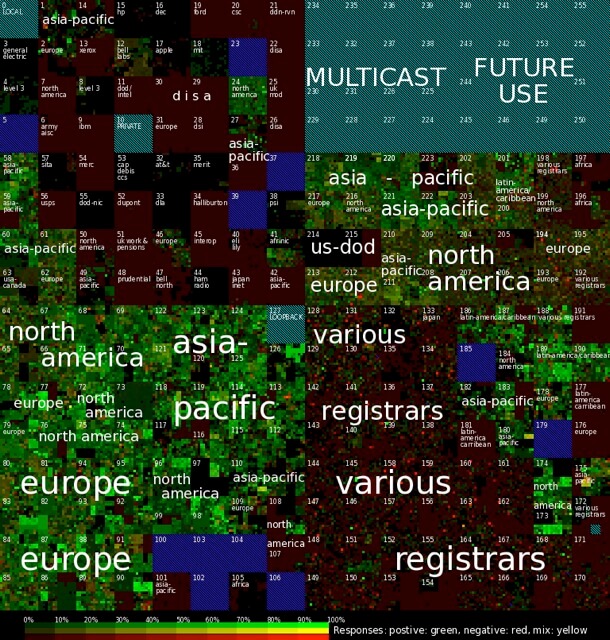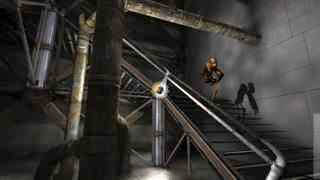Engineering Connected Computational Systems, Informatics & Digital Media
An Interconnected World

A map of the Internet
The traditional boundaries between computation and communication have vanished as we are moving to a world of highly connected smart devices that integrate sensing, computation, communication and control. Communications are no longer restricted to being only between devices, but also between devices and people, and between people and the environment. Their extent is going beyond processing and communication of mere information; it addresses computing and communicating in a semantic, social and situated context. USC Viterbi School research in this area will develop fundamental new algorithms and approaches for connected computational systems to address the following questions:
How do we develop heterogeneous computation, communication and storage fabrics to enable a seamless experience for end-users and cyberphysical applications? This will provide common shared interface to a wide variety of information and processing resources without concerns about where or how the information is stored or how the processing is performed. Examples of ongoing research efforts connected to this question include big-data management and analysis, informatics, cloud computing, mobile computing, wireless networks, internet of things, optical communications, and the software architectures that underlie them and enable their seamless interoperation.

SCREENSHOT FROM A USC GAMES PROJECT
What are new models for interactivity with networked computational and information systems that engage, inform, and inspire? This involves creating the capability for computational systems to interact using the full repertoire of modalities that people use including language, non-verbal communication and all five senses. Examples of ongoing research efforts connected to this question include new media, games, virtual humans, graphics and animation, computer vision, multimedia systems, language and speech processing, health and personalized learning and large-scale educational systems, and geo-immersive environments.
What are radical new ways of computing and communication that allow communi-puting systems to break current barriers on performance and security, such as ongoing research efforts into algorithms for efficient computation, communication, cybersecurity, quantum computing, optical computing? How can engineering, mathematics, and the social sciences together make progress in problems of global interest such as energy, healthcare, financial markets and security that involve understanding and influencing the behavior of multiple interacting parties with differing agenda, such as combining game theory and human behavior modeling to fuse the mathematics and formal approaches of engineering with the wealth of social science insights to create new and necessary approaches for 21st century issues?
Digital media is fast becoming the tool through which important social sciences questions are posed and disseminated, answers are collected and analyzed, social phenomena are discovered and new technologies are developed to exploit them. Research in this burgeoning area that couples engineering with social and human interfaces is likely to expand the reach of engineering to yet another frontier.
Published on December 9th, 2016
Last updated on June 25th, 2025







